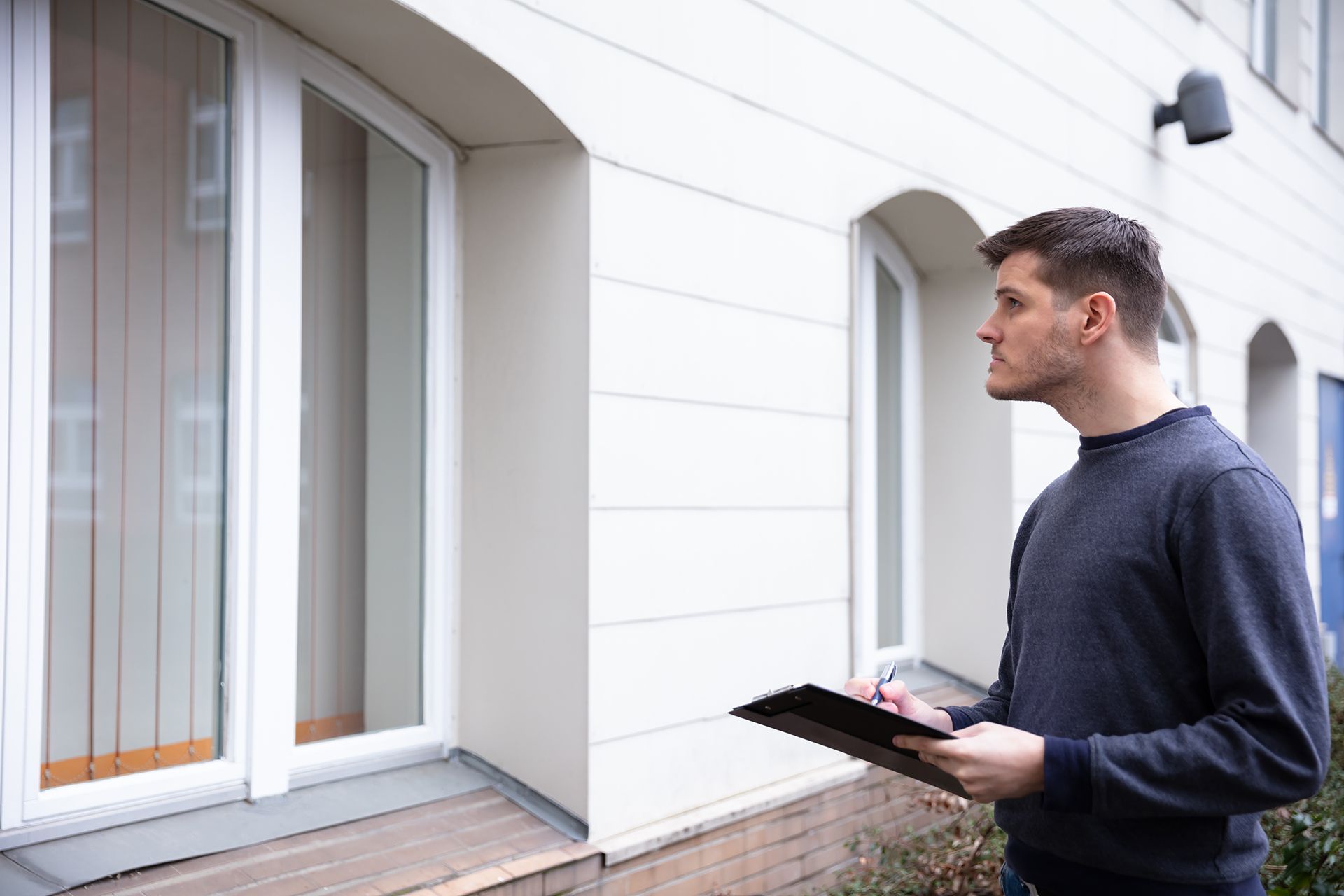Top 5 Signs Your Home Might Have Radon
Radon is one of the most dangerous indoor air pollutants – and also one of the most elusive. Because it has no smell, color, or taste, the only way to know your home’s radon levels with certainty is through proper testing. Still, there are a few indicators that suggest your home could be at risk. At SafeSpring Radon Testing, we help homeowners across Gainesville and the other nearby areas identify and mitigate radon risks early, before they become serious health concerns. Let’s look at the most common signs your home might have radon.
1. Your Home Has Never Been Tested
If your home has never undergone a short-term radon test or long-term radon test, it’s impossible to know whether your indoor air is safe. Radon levels can vary widely from one house to the next, even if they’re on the same street. A lack of testing doesn’t mean you’re in the clear. It means you’re in the dark. Our radon detection services can quickly provide peace of mind and, if needed, guide you toward proper radon mitigation.
2. You Have a Basement or Crawl Space
Homes with below-grade spaces like basements or crawl spaces are at a greater risk for radon intrusion. That’s because radon gas seeps in from the soil and can accumulate in these low-ventilation areas. Cracks in the slab, sump pits, and unsealed foundation joints make ideal entry points for radon. If your home fits this profile, it’s a smart move to consult a radon mitigation company for inspection and testing, especially in older properties or those without a sealed barrier.
3. Nearby Homes Have Tested High
If neighboring homes or properties in your subdivision have tested above the radon action level of 4.0 pCi/L, that’s a red flag. Radon doesn’t spread house-to-house like a gas leak, it seeps up from the earth. But the geology under one home is often the same under another, especially in tightly clustered communities. Gainesville and Alachua County are two such areas with elevated readings in certain localities. If you’ve heard of nearby radon abatement efforts, it’s time to consider your own evaluation.
4. Your Home is Well-Sealed or Recently Renovated
Ironically, energy-efficient homes designed to keep outside air from coming in can also trap dangerous gases like radon inside. New windows, doors, or insulation can lower heating bills but also reduce natural ventilation. If your home is sealed tightly and doesn’t “breathe”, radon health risks can rise significantly. A certified radon inspector can evaluate how your home’s construction affects indoor air quality and recommend whether a radon mitigation system is necessary.
5. Unexplained Respiratory or Lung Issues
While not a diagnosis, ongoing respiratory symptoms – such as chronic coughing, shortness of breath, or frequent bronchitis – may point to poor indoor air quality. Radon is the
second-leading cause of lung cancer in the U.S. behind smoking. If multiple household members experience similar symptoms without a clear explanation, you should consult with a radon company for testing. Radon contractors can confirm whether elevated Bq/m³ levels are contributing and recommend next steps for long-term safety.

